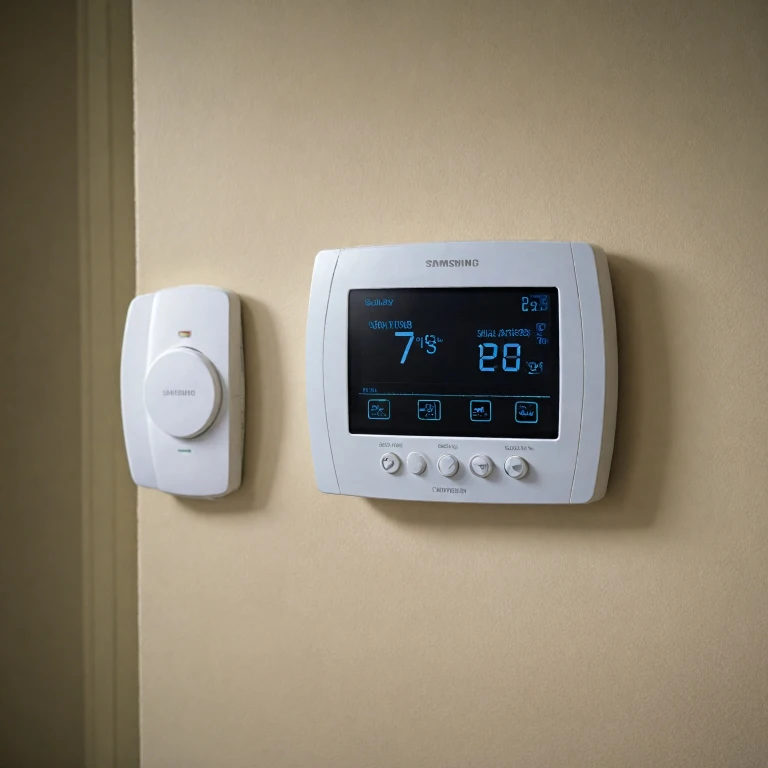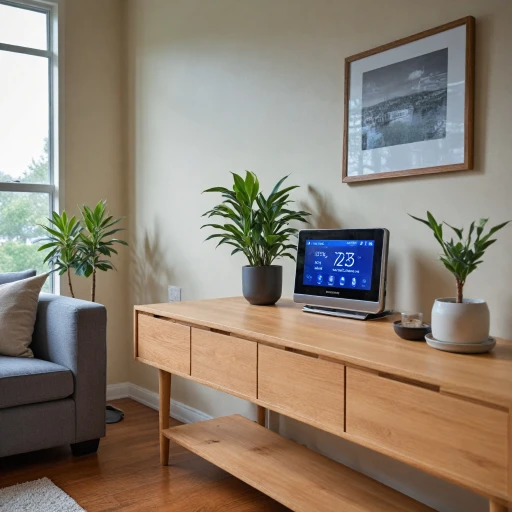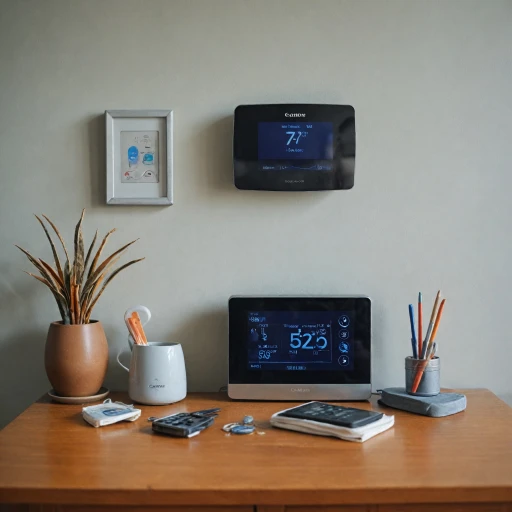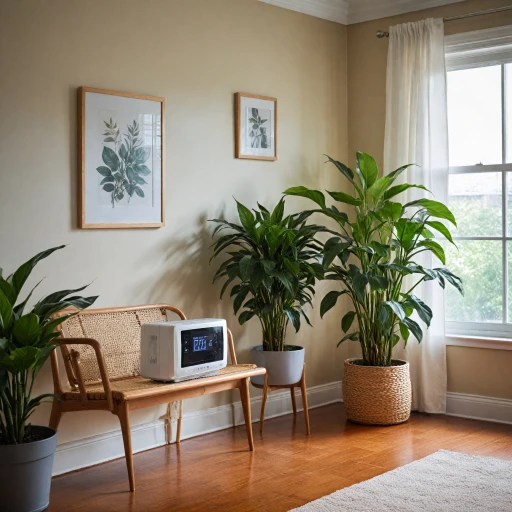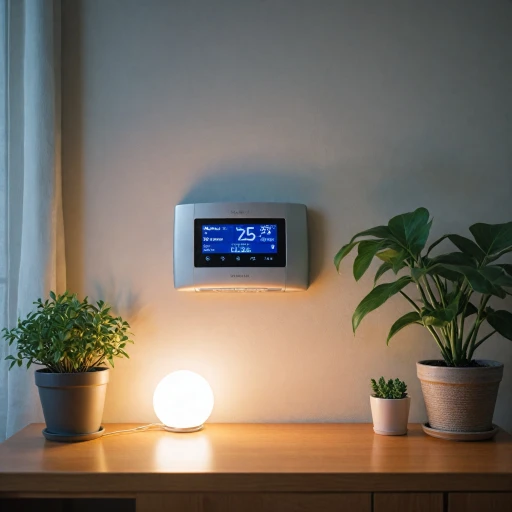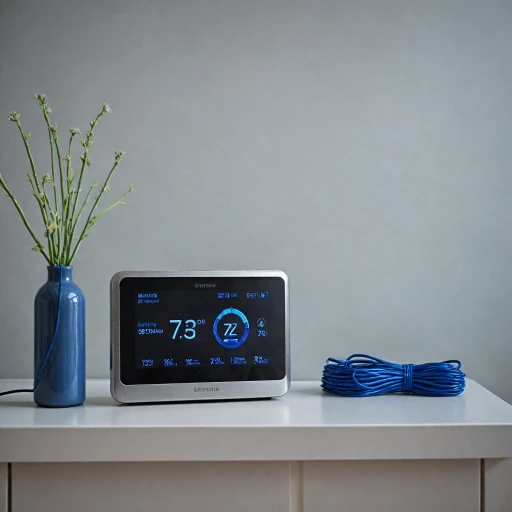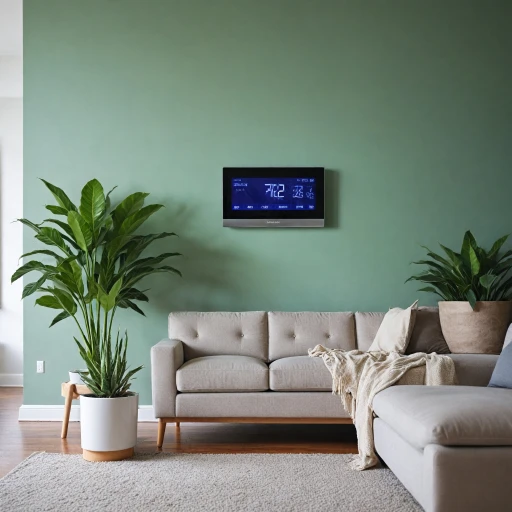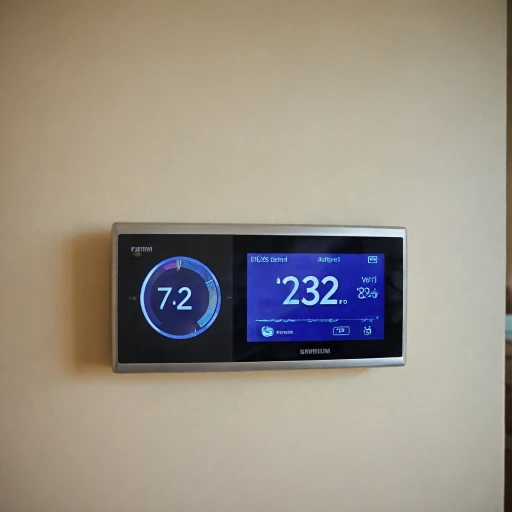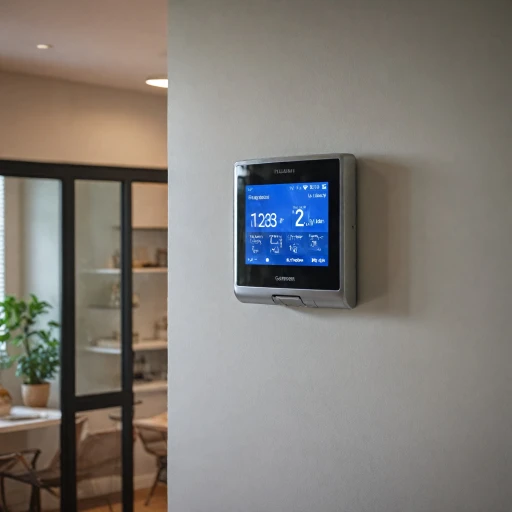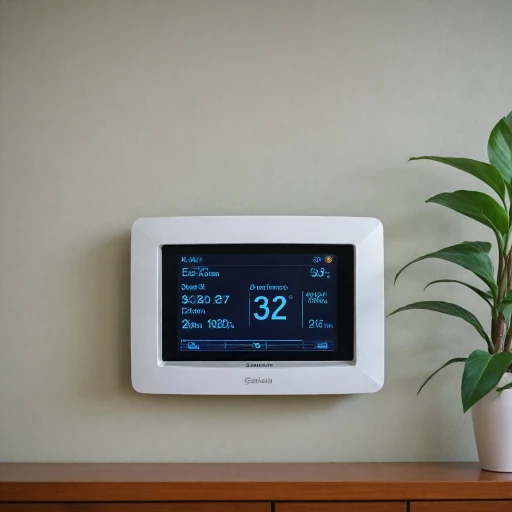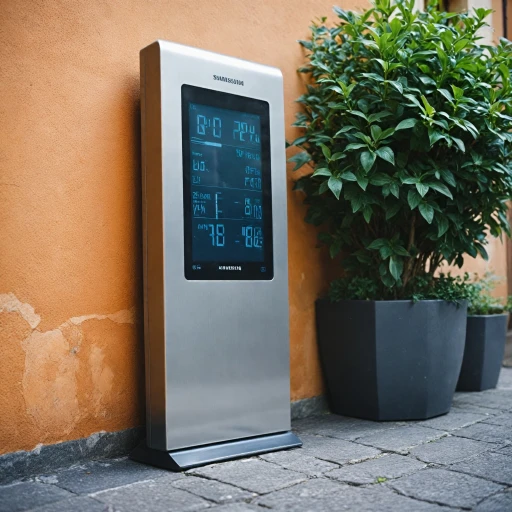
What is a Line Voltage Thermostat?
Defining a Thermostat for Electric Heat Systems
When it comes to managing electric heating systems, line voltage thermostats are pivotal components that regulate temperature by controlling the power flow. Unlike low voltage thermostats, which typically manage central heating systems, line voltage options are designed to handle the higher power requirements of electric heaters. Line voltage thermostats are directly connected to the electrical supply, allowing them to manage devices like baseboard heaters, radiant floors, and fan-forced units efficiently. These thermostats operate at either a single pole or double pole configuration, which dictates whether they will fully stop the flow of electricity when turned off or simply disconnect one of the power lines. While single pole thermostats might still allow some residual heat, double pole models offer complete shut-off, providing a higher safety level. The voltage requirements and power capacity (usually measured in amps) are crucial to consider, as this ensures the thermostat is compatible with your heating system and won’t trip your circuit breakers. Many reputable brands, such as Honeywell and Aube, offer a range of programmable and smart voltage thermostats. These advanced models enable users to set different temperatures for specific days or times, enhancing comfort and energy savings. To fully understand these thermostats' mechanics and determine if they're suitable for your system, consult resources like the understanding the T705 thermostat manual for smart home efficiency, which offer detailed insights into smart home integration and efficiency in regulation.Benefits of Programmable Thermostats for Line Voltage
Advantages of Programmable Thermostats for Line Voltage Systems
Programmable thermostats have become a valuable addition for homes leveraging line voltage systems, particularly when managing electric heating elements like baseboard heaters or fan forced heaters. Here’s how incorporating these devices can be advantageous:
- Energy Savings: By adjusting heating based on pre-set schedules, you can effectively reduce energy consumption and utility bills. This flexibility allows users to program temperature changes throughout the day, ensuring optimal temperature adjustments based on occupancy.
- Enhanced Comfort: Line voltage thermostats, such as the Honeywell Aube, provide improved temperature accuracy and customization, resulting in enhanced comfort levels within your home. These devices enable you to maintain a consistent heat level to suit your lifestyle needs.
- Integration with Modern Systems: Programmable thermostats can seamlessly integrate with advanced systems, supporting features like floor sensing and compatibility with fan forced heaters. This integration can help in achieving smart home automation goals, contributing to greater home efficiency.
- Safety Features: With various options, including single pole or double pole configurations, these thermostats provide added safety by efficiently handling the voltage demands of electric heat systems.
It's vital to select suitable devices for your specific requirements, taking into account factors such as amps, voltage, and the type of heating system in place. For a detailed guide on thermostat wiring that might influence your decision, consider checking out the wiring diagram for your furnace thermostat.
How to Choose the Right Programmable Thermostat
Selecting the Perfect Fit for Your Heating System
Choosing the right programmable thermostat for your line voltage heating system is crucial to achieve optimal performance and energy efficiency. With the array of options available today, it is necessary to consider certain factors before adding a model to your cart.
- Compatibility with Heating Systems: Ensure the thermostat is compatible with your heating type, whether it's electric baseboard heaters, fan forced heaters, or another system. Devices like Honeywell Aube programmable thermostats offer models suitable for various setups.
- Voltage and Pole Requirements: Identify if you need a single pole or double pole thermostat. Most line voltage systems require 120/240 volt compatibility. Check the VAC amps your system operates on and match it with an appropriate voltage thermostat.
- Programmability Features: Prioritize a thermostat that allows for day programmable settings, which can help tailor heating schedules to your lifestyle. This feature can significantly enhance energy savings by adjusting temperature settings during unoccupied hours.
- Smart Features: Consider smart thermostats that offer remote control, floor sensing capabilities, or integration with home automation systems for added convenience and efficiency.
- Reputable Brands and Reviews: Rely on recognized brands like Honeywell and Aube for reliability. Always check customer reviews and expert guides to ensure you're selecting a model that suits your needs.
By carefully evaluating these aspects, you can select the best programmable thermostat tailored to your line voltage system, ensuring comfort and efficiency in your home. For an in-depth exploration of popular models, visit our comprehensive guide on programmable thermostats.
Installation Tips for Line Voltage Programmable Thermostats
Preparation Before Installation
Before you begin the installation of a programmable thermostat for a line voltage system, it's essential to gather all the necessary tools and equipment. Depending on your system, you may need a screwdriver, wire strippers, electrical tape, and a voltage tester. For those dealing with baseboard heaters or electric heat systems, consider the specific requirements of a line voltage thermostat, which typically operates at 240 volts.Turn Off the Power
Safety is paramount when working with electrical systems. Before you start any installation process, make sure the power to the thermostat's circuit is turned off at the main electrical panel. Use a voltage tester to double-check that the power is indeed off. This step is crucial to prevent any risk of electric shock.Removing the Old Thermostat
Carefully remove the cover of your existing thermostat. Most models have covers that can be easily pulled off or removed by loosening screws. Unscrew the mounting screws holding the base to the wall and gently pull it away. Make sure to note the wiring configuration before disconnecting the wires, as this will be important when connecting your new programmable thermostat.Wiring the New Thermostat
When installing a programmable thermostat like the Honeywell Aube, follow the wiring diagram provided in the instruction manual. Typically, you will connect the line and load wires according to the system's requirements, whether you're using a single pole or double pole setup. Be sure to securely fasten the wires using wire nuts, and wrap them with electrical tape for added safety.Mounting the Thermostat
After wiring, screw the new thermostat’s base into the wall. Make sure it's level and securely attached. Once mounted, place the cover on the thermostat. This step ensures your thermostat's aesthetic matches the rest of your home decor.Testing Your Installation
Turn the power back on at the electrical panel and test your new programmable thermostat. Set the temperature and wait to see if your heating system responds accordingly. If everything is working fine, you've successfully installed your line voltage thermostat. By following these installation tips, you can make the most of your new programmable thermostat to manage your home heating efficiently and safely.Programming Your Thermostat for Maximum Efficiency
Optimize your thermostat settings
To make the most of your programmable thermostats, it's crucial to carefully program them for maximum efficiency. Start by familiarizing yourself with the thermostat's interface and understanding the options available, such as fan settings and the type of heaters being controlled. Many modern voltage thermostats, like those from Honeywell and Aube, offer customizable settings that cater to electric heat systems and floor sensing capabilities.Time-based temperature adjustments
The key to saving energy and reducing costs is to program your thermostat to adjust the temperature based on your daily routine. For instance:- Lower the temperature when you're away at work or during the night.
- Schedule it to heat up before you wake up or return home.
Consider different modes and settings
Programmable thermostats, especially those with smart features, often provide several modes such as "vacation" or "eco" that can further optimize energy consumption. Be sure to select these modes during relevant times to maximize efficiency. Utilizing a single pole thermostat for rooms with less usage might add efficiency while a double pole might be more suited for areas with higher demands.Monitor and adjust as needed
Keep an eye on your energy bills and room temperatures regularly. If there's an unusual spike, it might be time to reassess your settings or even troubleshoot common issues if your programmable thermostat isn't performing as expected. Whenever necessary, re-evaluate your programming based on seasonal changes or lifestyle adjustments. The flexibility of low voltage thermostats allows for these changes without much hassle.Troubleshooting Common Issues
Troubleshooting Your Programmable Thermostat
In the journey of managing an efficient heating system, you might encounter a few roadblocks with your line voltage programmable thermostat. Though these devices offer impressive control over electric heating and energy savings, like any tech, they can face issues.Here are some common problems and solutions:
- Unresponsive Thermostat: Start by ensuring the thermostat has adequate power. Check the circuit breaker and make sure it's on. For a single pole thermostat, ensure it's securely connected to the voltage. If problems persist, you might need to replace it, especially in older models.
- Inconsistent Temperature: Verify the thermostat’s settings. It's crucial that these align with your needs and energy efficiency goals. For instance, ensure the day programmable settings are configured correctly for electric heat management.
- Heating System Doesn’t Turn On: Check if the thermostat is set to the appropriate mode. If it handles both heating and cooling, ensure the switching is correct. Review any associated appliances for compatibility, like fan forced heaters or floor sensing devices, which might affect its operation.
- Temperature Readings are Off: A miscalibrated thermostat can lead to incorrect temperature readings. Reset the device or consult the manual specific to your model—be it a Honeywell Aube or other brands. This can realign temperature accuracy.
- Frequent Short Cycling: This could be a sign of more significant issues. Examine the thermostat's proximity to heat sources or direct sunlight, which might distort readings. Ensuring the thermostat is placed correctly can help mitigate this problem.
When attempting resolutions, it's wise to review the installation and programming methods used initially. Revisit the instructions on installing the devices and correctly inputting the day and time schedules. For persistent issues, consulting a professional could be prudent.
